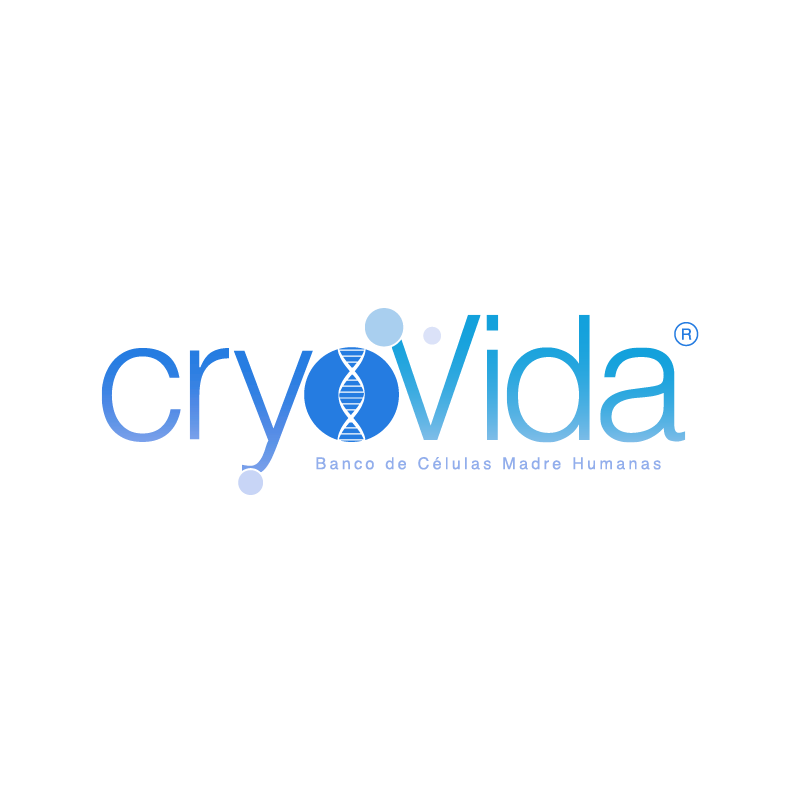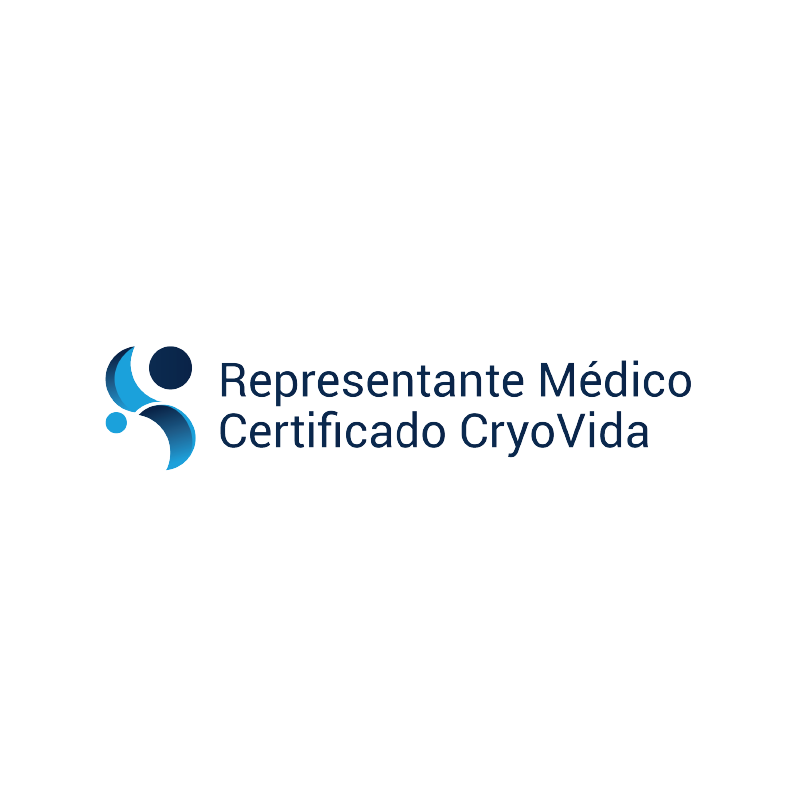The sources of obtaining Mesenchymal Stem Cells are very varied, some of them are: bone marrow, adipose tissue, placenta, umbilical cord and endometrial tissue, which due to its unique characteristics has represented the objective of many doctors to study it, such as, its low invasive level, level of regeneration, ability to isolate a large number of cells from little tissue and its ease of obtaining through a biopsy.
Cartilage is one of the body’s tissues whose regeneration rate is low, mainly because it is poorly vascularized and due to its function it is very susceptible to trauma and inflammation, in addition to its cellular matrix having a very complicated structure that is difficult to mimic. . One of the most common degenerative diseases that affect cartilage is osteoarthritis, which reduces the quality of life of people who suffer from it, causes pain and can be disabling. In general, there are many factors that can damage cartilage, including weight, age, gender, genetic factors, physical activity, etc., and the most commonly damaged joint is the knee.
Among the therapies known so far to treat osteoarthritis, are support fluids (called viscosupplementation) that simulate the extracellular matrix of chondrocytes (cartilage cells) to cushion the friction between the bones that cause pain and reduce cartilage degeneration. However, this treatment does not stop the destruction of cartilage and much less stimulate its regeneration, which is why a viable alternative has been explored using the transformation capacity of Mesenchymal Stem Cells (MSC).
Although the most investigated CTMs to date are from bone marrow, other sources such as endometrial tissue are attracting attention due to the aforementioned characteristics. These cells have the ability to differentiate into chondrocytes to form functional cartilage, but they also help reduce inflammation in the joint and thereby stop the death of chondrocyte cells. In various pre-clinical studies carried out in rabbits, mice, horses and other animals, its effectiveness for cartilage regeneration and recovery of functionality has been demonstrated. The translation of these results into a clinical study is currently in process, but it has been described that it is possible to reduce joint pain, increase the ability to move and even walk, and repair damaged tissue to a certain extent.
To date, the creation of cartilage from Mesenchymal Stem Cells is still in the experimental phase and requires meticulous care to ensure that the differentiated cells do not return to their original state and remain functional for the patient’s required time. Another promising alternative is the printing of 3D bio-scaffolds to place over the patient’s joint and fill it with stem cells so that they can differentiate in vivo and form the lost cartilage, both treatments are not yet routinely available worldwide due to its complexity.
However, there is extensive knowledge that Mesenchymal Stem Cells secrete, in a paracrine manner, growth factors (VEGF, EGF, FGF), chemoattractants and anti-inflammatory cytokines (IL-10, IL-13) that allow us to use them as a source of bioactive molecules with the ability to modulate the metabolism of the extracellular matrix of cartilage as well as to promote angiogenesis and the proliferation of tissue-specific Mesenchymal Stem Cells. Therefore, the administration of Mesenchymal Stem Cells directly into the joint is one of the therapies to date that has shown the most results in the clinic.
The combination of the application of CTM in the joint with medications (hyaluronic acid or Platelet Rich Plasma) is decided directly by the treating doctor, since the physical characteristics of the patient, level of physical activity, degeneration, diet must be taken into account. and hereditary factors that could intervene, so it is important to see a specialist so that the treatment is appropriate.
Bibliography:
I. Uzieliene, G. Urbonaite, Z. Tachtamisevaite, A. Mobasheri, and E. Bernotiene. (2018). The Potential of Menstrual Blood-Derived Mesenchymal Stem Cells for Cartilage Repair and Regeneration: Novel Aspects. Stem Cells Int. 2018: 5748126. doi: 10.1155/2018/5748126.
Freitag J, Wickham J, Shah K, and Tenen A. (2019). Effect of autologous adipose-derived mesenchymal stem cell therapy in the treatment of acromioclavicular joint osteoarthritis. Case Report. BMJ Case Rep; 12(2): e227865. doi:10.1136/bcr-2018-227865
Park MJ, Moon SJ, Baek JA, Lee EJ, Jung KA, Kim EK, Kim DS, Lee JH, Kwok SK, M


